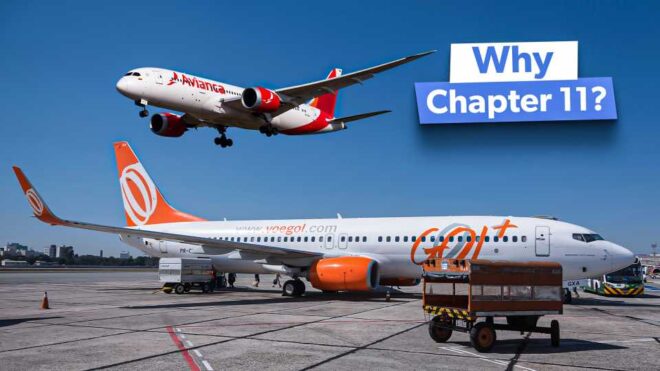
Airlines are among the most volatile businesses in the global economy. They frequently face significant financial challenges due to fluctuating fuel costs, labor disputes, and economic downturns, such as the recent impact of the COVID-19 pandemic. When these challenges become overwhelming, many airlines turn to Chapter 11 bankruptcy proceedings as a strategic tool for restructuring their operations.
Avianca Airbus A320neo at MDE Photo: Markus Mainka | Shutterstock
Chapter 11 of the United States Bankruptcy Code is designed to allow businesses to restructure their debts while continuing to operate. Unlike liquidation under Chapter 7, Chapter 11 focuses on reorganizing the company’s obligations and operations to restore profitability. The ability to continue operations during the restructuring process is crucial for airlines, given the industry’s high fixed costs and complex operational structures.
The Appeal of Chapter 11 for Airlines
Several factors make Chapter 11 particularly attractive to airlines compared to other restructuring options, such as the UK’s Scheme of Arrangement or other domestic procedures. These factors include:
Debtor-in-Possession (DIP) Financing: One of the most significant advantages of Chapter 11 is the availability of DIP financing. This financing type is crucial for distressed companies because it provides immediate liquidity to continue operations while restructuring. In Chapter 11, DIP lenders receive high-priority claims, often including liens on unencumbered assets, which makes such financing more accessible and attractive to lenders. This mechanism was vital for airlines like avianca and Aeromexico, enabling them to maintain operations during their restructuring processes.